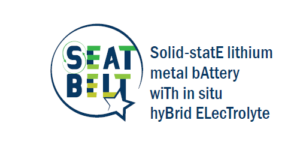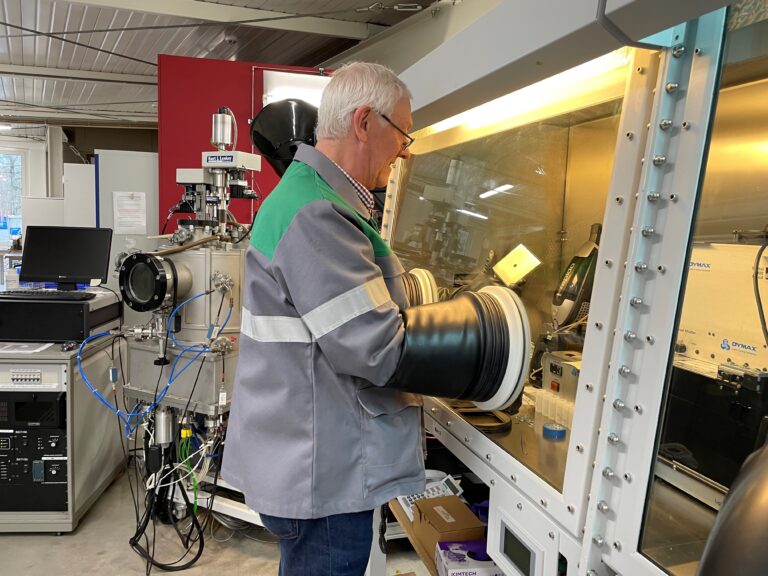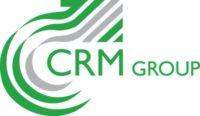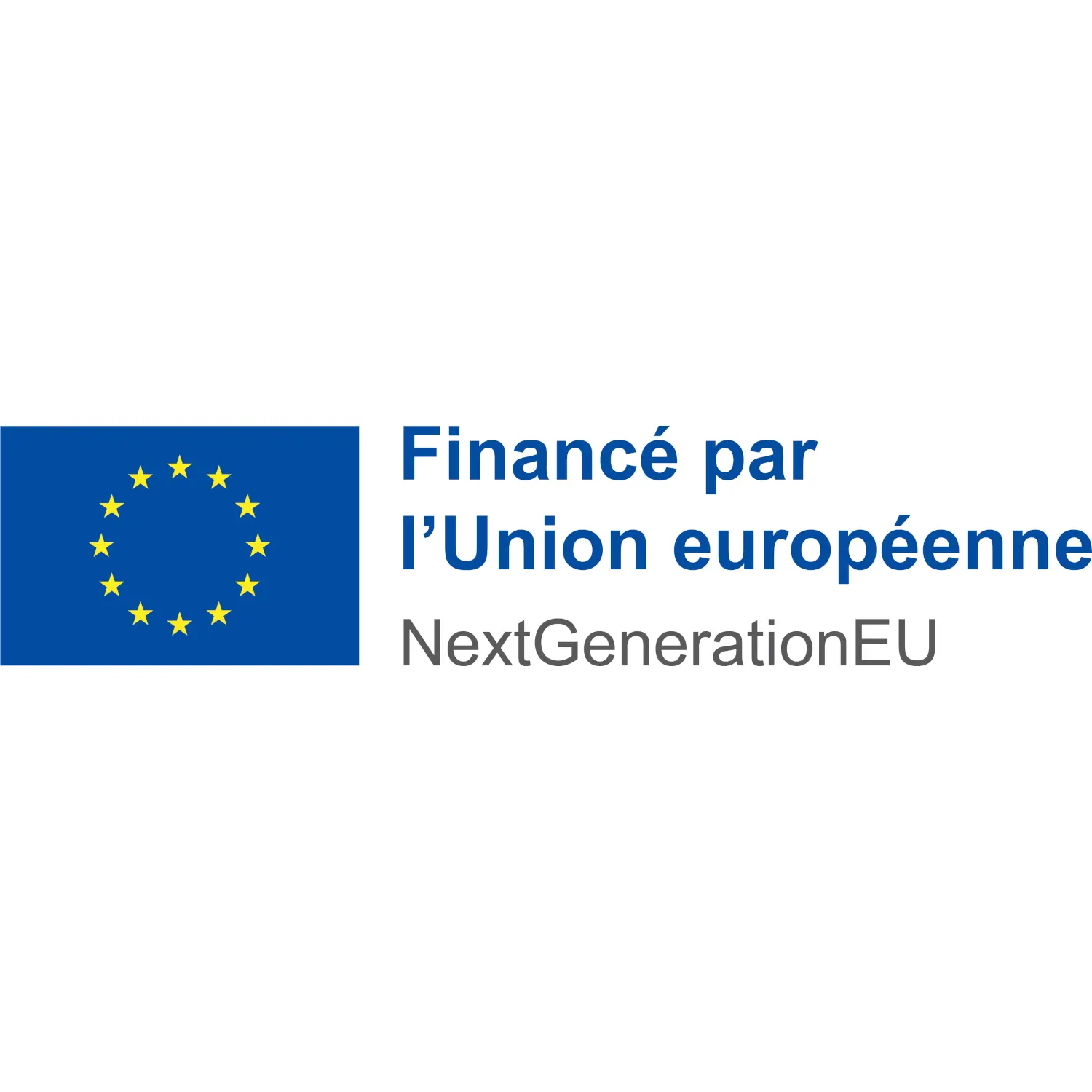Seatbelt
Solid-State Lithium Metal Battery with in Situ Hybrid Electrolyte (Seatbelt)
Objectives
Develop a disruptive Gen. 4b Li battery module (TRL 5) targeting three main applications:
- Entry-level EV,
- Premium EV,
- Stationary (and e-bus)


The ambition is to generate a local EU industry that revolves around a cost-effective, robust all-solid state Li battery comprising sustainable materials by 2026. SEATBELT intends to achieve the first technological milestone of developing a battery cell (TRL5) meeting the needs of Electric Vehicle (EV) and Stationary industry. The low-cost SEATBELT cell is safe by design with sustainable and recyclable materials, reaching high energy densities (>380 Wh/kg) and long cyclability (>500 cycles) by 2026 in line with the 2030 EU targets.
The cells are produced by low-cost solvent-free extrusion process comprising a combination of innovative materials: thin Li metal, hybrid electrolyte, a safe cathode active material without critical materials (LFMP) and very thin Al current collector. The cell design being optimized by interface (operando and atomistic modelling) and process (machine learning) methodologies. In addition, new operando imaging instrumentation will be applied to safety protocols and mechanical deformation to assess cell safety in real conditions. An innovative recycling cycle process from materials to cell level will be also established.
Thus, SEATBELT will be the start point of a first EU all-solid-state battery value chain, whose main players in RTD and Industry sectors are within the consortium. So, cells and modules will cycle using industrially relevant protocols dedicated to EV and stationary applications. The CRM takes part in the material battery development working on thin Li anode and the interlayer between solid electrolyte and Lithium as well as on a thin protected Al current collector. The CRM is also active in the recycling process in particular on the purification of recycled Li.
Partners
Centre National de la Recherche Scientifique CNRS, Commissariat à l’Energie Atomique et aux energies alternatives CEA, POLYKEY, Life Cycle Engineering, Consejo Superior de Investigaciones Científicas CSIC, Blue Solutions BS, Münster Electrochemical Energy Technology MEET, University of the Basque Country UPV, Imperial College of London ICL, Zentrum für Sonnenenergie- und Wasserstoff-Forschung Baden-Württemberg ZSW, CIC energiGUNE CICe, Institut Laue-Langevin Europe ILL, 14 Renault, Euro Support.

